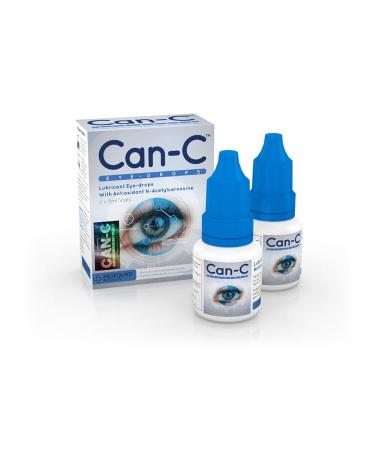Features: Arduino UNO is an Arduino development board based on ATmega328P. It has 14 digital input/output pins (6 of which can be used for PWM output), 6 analog input pins, a 16MHz crystal oscillator, a USB interface, a DC interface, an ICSP interface, and a reset button. It contains everything you need for a microcontroller, and you can drive it simply by connecting it to a USB port on your computer, using an AC-DC adapter, or using a battery. Uno means 'one' in Italian. Arduino UNO is the number development board of Arduino series, Arduino IDE1.0 is the first official version of Arduino IDE, Arduino UNO hardware and Arduino IDE software establish a set of Arduino development standards, and then Arduino; Development boards and derivative products are built on this standard. 1. Model: Arduino UNO 2. Microcontroller ATmega328P 3. Operating voltage 5V 4. Input voltage (recommended) 7-12V 5. Input voltage (limit) 6-20V 6. Digital VO pin: 14 7. PWM channel: 6 8. Analog input Channel (ADC): 6 9. Dc output capability per VO: 20 mA 10. 3.3V port output capability 50 mA 11. Flash 32KB(where the boot program uses 0.5KB) 12. SRAM: 2KB 13. EEPROM: 1KB 14. Clock speed: 16 MHz 15. On-board LED pin: 13 16. Length x width: 68.6 mm x 53.4mm 17. Weight: 25g Package included: 1Pcs UNO R3 Board Microcontroller ATmega328P for Arduino + USB Cable Compatible with Arduino ATmega16U2Arduino UNO is the number development board of Arduino series, Arduino IDE1.0 is the first official version of Arduino IDE, Arduino UNO hardware and Arduino IDE software establish a set of Arduino development standards, and then Arduino; Development boards and derivative products are built on this standard. Flash 32KB(where the boot program uses 0.5KB). SRAM: 2KB. EEPROM: 1KB. Clock speed: 16 MHz. Digital VO pin: 14. PWM channel: 6. Analog input Channel (ADC): 6. On-board LED pin: 13. Operating voltage 5V. Input voltage (recommended) 7-12V. Input voltage (limit) 6-20V. DC output capability per VO: 20 mA. 3.3V port output capability 50 mA. Arduino UNO is an Arduino development board based on ATmega328P. It has 14 digital input/output pins (6 of which can be used for PWM output), 6 analog input pins, a 16MHz crystal oscillator, a USB interface, a DC interface, an ICSP interface, and a reset button. It contains everything you need for a microcontroller, and you can drive it simply by connecting it to a USB port on your computer, using an AC-DC adapter, or using a battery.













